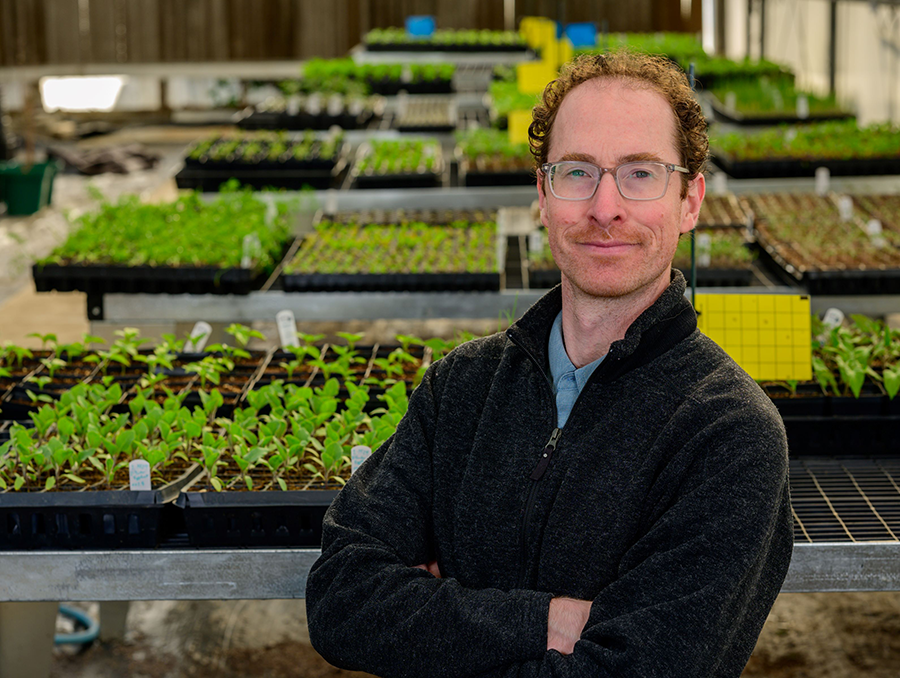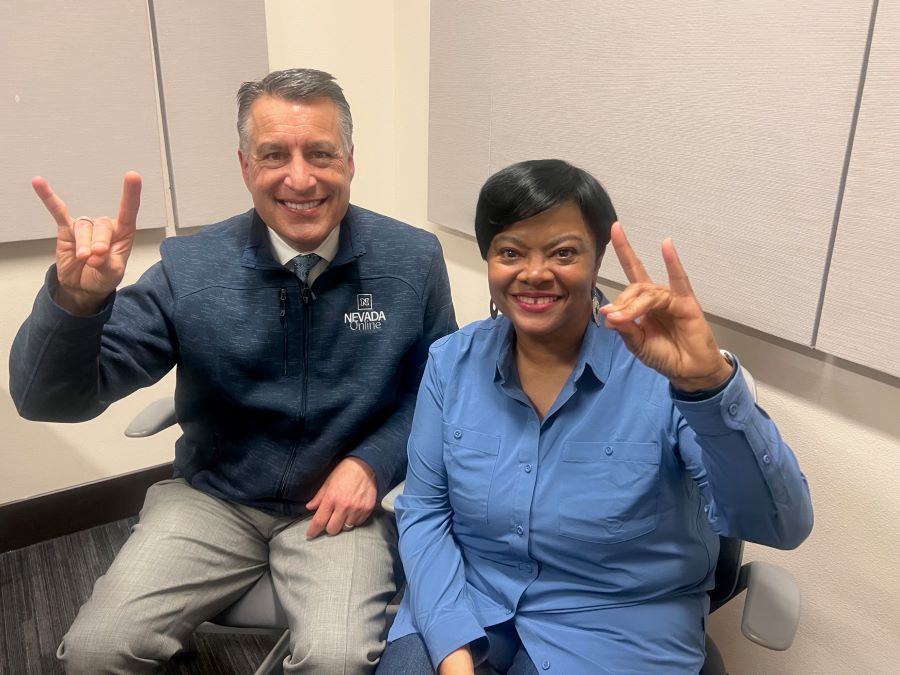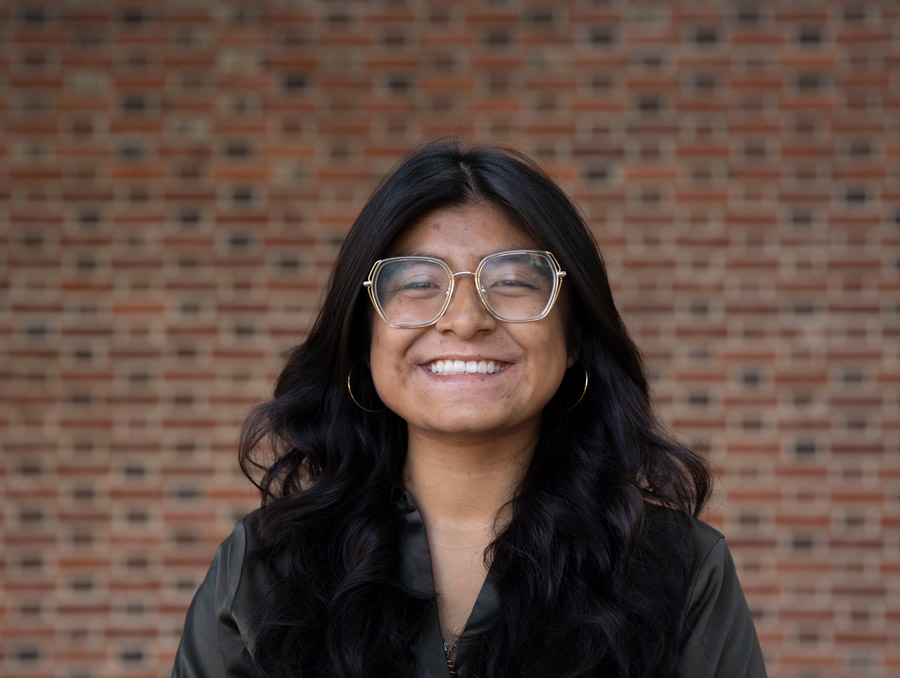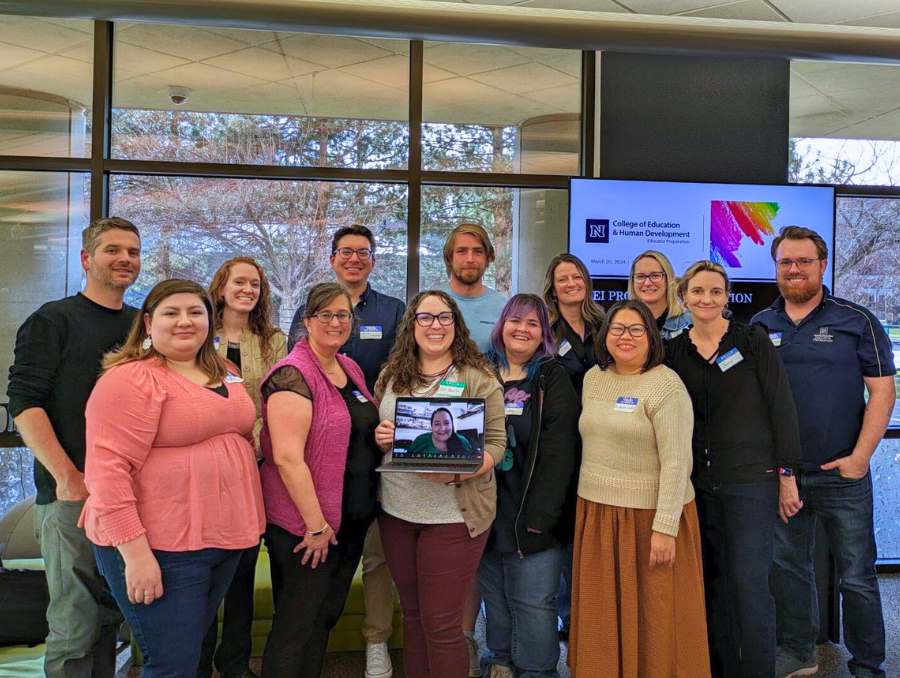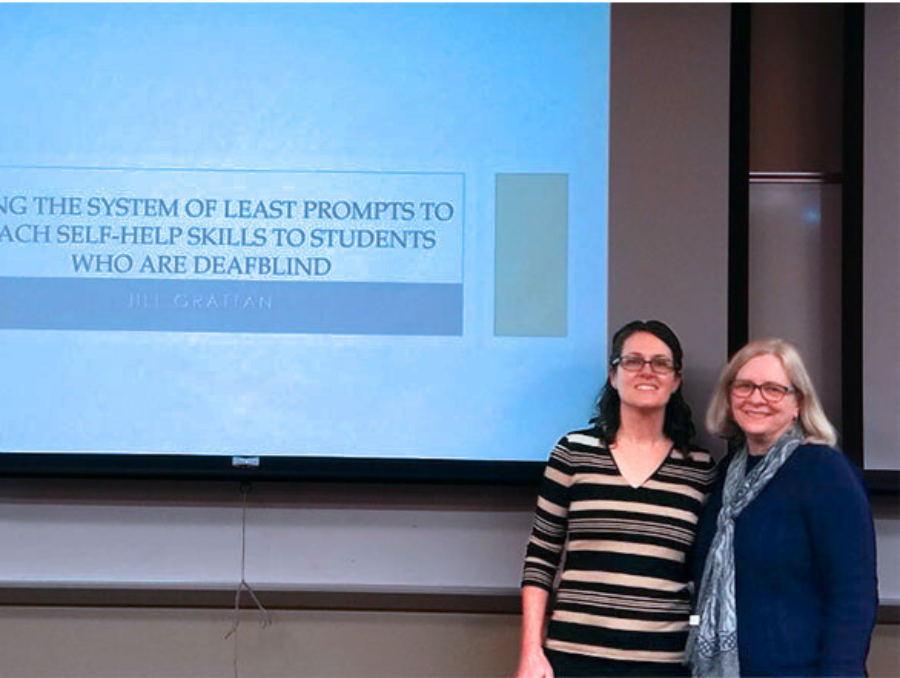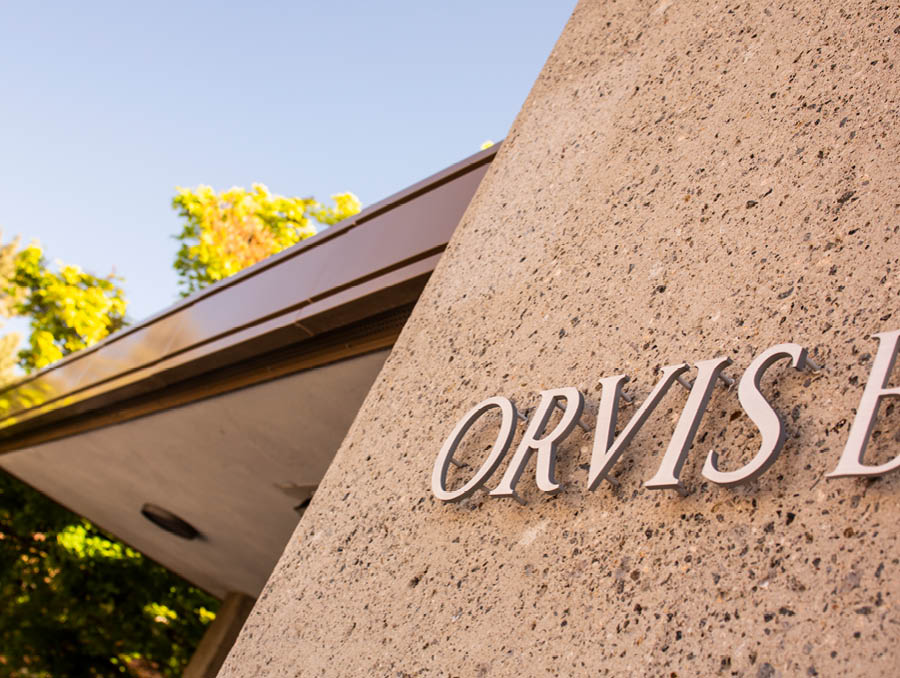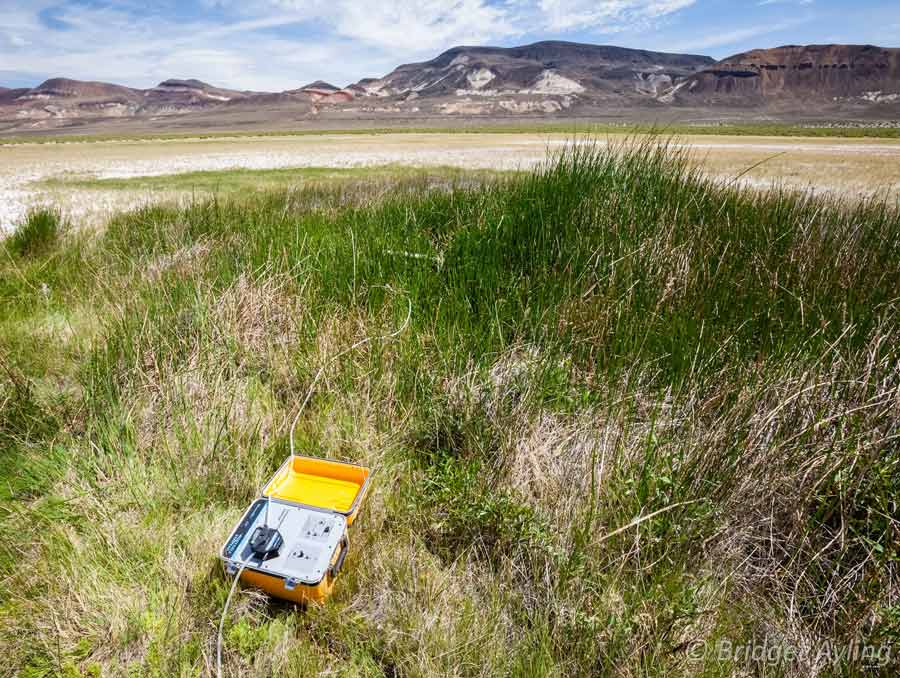Construction site work for a new 320-bed living-learning community student residence hall will begin in late January. This five-story residence hall, located at the corner of N. Virginia Street and College Drive, will meet the increased demand for on-campus student housing and increased interest in living-learning residential options. It is scheduled for completion in time for the fall semester 2012.
Living-learning communities are designed to integrate student learning with on-campus residential living, helping students make connections and develop friendships with those who have similar academic interests. The University currently offers six living-learning communities, double the number available the previous year. These designated wings or areas within the Argenta and Nye Halls include places for group study and activities.
"Students accepted into Nevada's living-learning communities cultivate the skills and abilities needed to succeed at the University through a variety of unique experiences,” said Shannon Ellis, vice president for student services. “The experiential connections to the University curriculum helps students develop leadership and community service values."
Living-learning residence halls further integrate student learning with residential living by incorporating classrooms and faculty offices into the facility. In the University’s new Living-Learning Community Residence Hall, the ground floor will have four classrooms and faculty offices. Each of the four residential floors will be designed to include lounges for study, meetings and programs. The entire facility will provide an academically rich residential setting that fosters faculty participation and includes cultural programs, academic advising, mentoring and on-site classes, all in the same building.
Double the Interest
After high numbers of engineering and journalism majors expressed interest in living-learning communities, it was decided to create new communities in fall 2010 dedicated to these two majors plus a third, interest-based community for students interested in music, art and theater. These new communities are in addition to the three already available: the Honors Residential Scholars Community, the PAC (Powerful Academic Communities) which is open to students of any major and based on students sharing their math class, and WISE (Women in Science & Engineering).
“We have had the idea to expand for years now, but with the large number of students in journalism and engineering, we knew it was time to offer a living-learning community for them,” said Teri Galvin, area coordinator for the University’s Residential Life, Housing and Food Services. “There are so many ways a student can benefit from these programs.”
Living-learning communities are geared toward freshmen, and the connections established last throughout their college years. The program began five years ago and is designed to help students stay in school, graduate and succeed beyond the classroom.
Within the Honors Community
Andrew Zoll is an 18-year-old freshman, a National Merit Scholar from Las Vegas and a psychology major in the Honors Program. He lives on campus in Argenta Hall with other honors students, all dwelling in the residence hall’s wing dedicated to the Honors Residential Community.
“I definitely like living in the Honors Community. Between all the classes, interests, responsibilities and proximity that we share, there's definitely a stronger sense of social interaction between neighbors compared to a regular dorm floor,” Zoll said. “The community turned out to be a great thing.”
Many of the students in the Honors Community have several classes together.
“This has definitely come in handy for those late-night assignments that no one seems to understand,” Zoll said. “It's easy to just pop into someone's room and ask for help, or for all of us to make use of the study rooms on our floor and work together so that we all benefit.”
Apart from educational benefits, there are also social benefits.
“Having the same classes in a living-learning community usually does a lot to foster that sense of belonging, I guess you could say,” Zoll said. “So, not only are you placed among people similar to yourself, but in situations where it is made easier to interact with them.”
Galvin echoes his view of the benefits of the living-learning communities: “Students are part of a community that they can study with, and they help each other succeed academically. This program connects the students to the campus while uniting them with active faculty members. It is important because it brings students together with common goals and interests.”
Construction Planning
Construction of the $35 million residence hall will be funded through residence hall fee income, although other revenue sources may go toward funding of the academic portion of the building which will include four classrooms. Financing for the project was approved by the Nevada Board of Regents at their December 2010 meeting.
West Coast Contractors has been selected as general contractor for the project following an open bidding process. Collaborative Design Studio is the architect. The environmentally sensitive project will be built to LEED standards and is scheduled for completion in time for the fall semester 2012. Parking for student residents during and after construction will be available in the Sierra Street Parking Complex, which was designed and built to accommodate parking needs for an additional future residence hall.
For more information about living-learning communities at the University, visit the Reslife: Living Learning Communities page.




